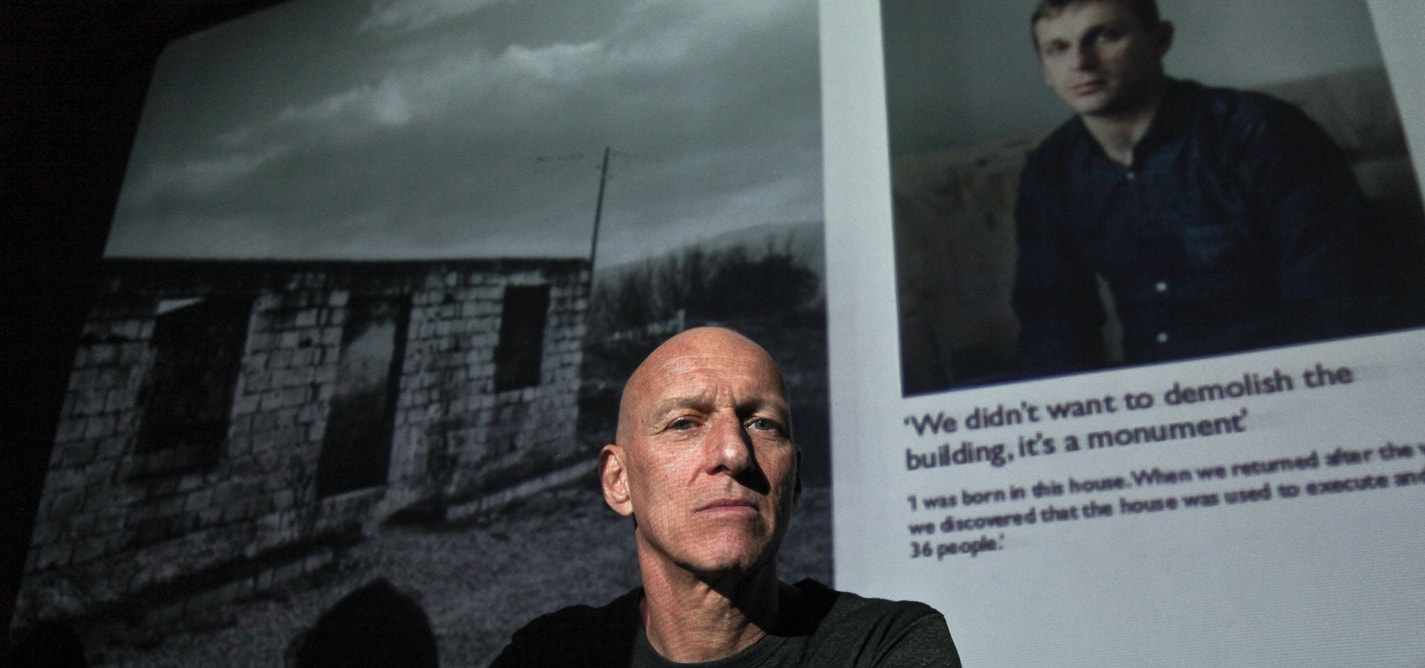
Behind an empathetic lens
Dutch photographer’s Prishtina exhibition inspired by own family history.
|20.10.2016
|
“They told me that they had never seen the pain captured like this.”
"I don’t just look at somebody and decide if that person is very photogenic. No, I hear the story and then I think, ‘This is a story that fits into my project, and it’s up to me if I can take a picture.’”

Dafina Halili
Dafina Halili is a senior journalist at K2.0, covering mainly human rights and social justice issues. Dafina has a master’s degree in diversity and the media from the University of Westminster in London, U.K..
This story was originally written in English.